When underground electrical cables age and deteriorate, the corresponding arcing associated with the pre-failure of the cable can be both a hazard and an impending alarm. If located and repaired before an event occurs, there is a significant opportunity to improve electric power system reliability as well as public and worker safety. To address this concern, the Electric Power Research Institute (EPRI) and Consolidated Edison of New York are collaborating to develop technology that will alert workers to the presence of low-voltage system cable faults in underground structures.
The prototype Manhole Arc Recognition System – or MARS unit – is presently undergoing field trials and preliminary results show that it can detect arcing events with very high accuracy. The work has resulted in a prototype safety device that takes advantage of today’s advanced computing and high speed microprocessing technology to warn workers of the possible danger from electrical arcing before they enter a structure and to monitor for the initiation of arcing as crews work in energized manholes, as illustrated below.
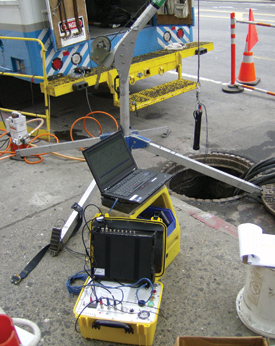
MARS device sensor pod readied for lowering into a
manhole during field testing.
What is Cable Arcing?
We can observe many examples of arcing in the real world, such as lightning strikes, the spark you would get from touching the plus and minus terminals of your car’s jumper cables together or even the small spark in the dark observed when you rub your feet on a carpet and touch another person. For electric power systems, cable arcing is the physical phenomenon that occurs when the voltage of any electrical cable or conductor creates an intermittent arc, a spark, or completes an unintended current path over to another object at a different voltage potential. In most cases the other object is the earth, a grounded pipe or conduit, or even other power cables.
Many times this arcing starts after the insulated jacket around the cable, or one of its splice points, becomes nicked, damaged or otherwise degraded and moisture or grit creates an easy path for arcing to begin. While most cable arcing starts out as just a nuisance sparking event after a hard rain or under high moisture conditions, over time, the cable insulation can slowly degrade until the arcing becomes continuous and a smoking or burning condition initiates. Using well-known knowledge of arcing such as the known frequencies and patterns that occur with different kinds of arcs, we can recognize the unique signatures or patterns associated with the various sources of the arc, in a similar manner to fingerprint recognition.
In this case however, we are using the spectral or electrical fingerprint. By knowing exactly what to look for and by having a solid understanding of both real world cable arcing and the many other types of signals that are not associated with degraded electrical cables (such as subway trains, welders, AM radio stations and so on) we can use advanced microprocessing technology to quickly and efficiently discern between the “real thing” and the many other arc sources that could be considered to be “false positives.”
.jpg)
Figure 1: Example Arc Sources
from Preliminary Lab Tests.
Development of the MARS Unit
Development of the arc detector has been built upon a foundation of earlier proof-of-concept testing by EPRI, which suggested that even small, low-current arcs emit discernable signatures that can be picked up by properly configured off-the-shelf hardware. This led EPRI and Con Edison to collaborate in testing various hardware devices and filtering algorithms under both laboratory and field conditions. Much of this work was performed at the Con Edison Cable and Splice Center for Excellence, an advanced lab environment well suited for such an effort. The overall objective was to develop a relatively low-cost system that detects arc faults with very high sensitivity and a minimum of false alarms. (Figure 2 shows the MARS sensing, detection and alarming scheme.)
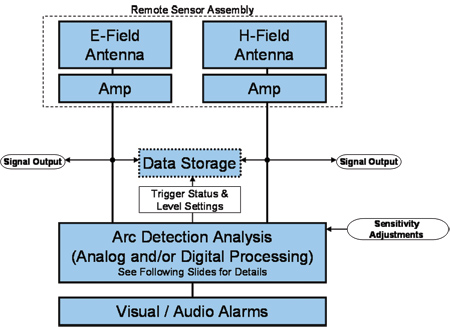
Figure 2: MARS Sensing, Detection and Alarming Scheme
The prototype arc detection system, shown in Figure 3, is now being field tested to confirm its capabilities, reliability and sensitivity objectives. Worker and public safety is a top priority for Con Edison, and if this system can be optimized and then commercialized, there is a significant potential to improve safety for both workers and the public and to advance the state-of-the-art in detection of low-voltage arcing.
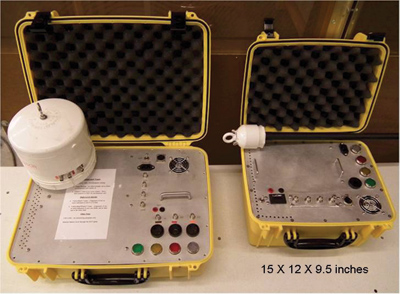
Figure 3: The first prototype MARS systemsfocused on size and cost reduction.
Using the MARS technology is straightforward. The measurement system has two parts. One part houses the micro processor, the data acquisition system, and the alarm system. The other part houses the sensors which detect the electric and magnetic fields produced by the arcing current.
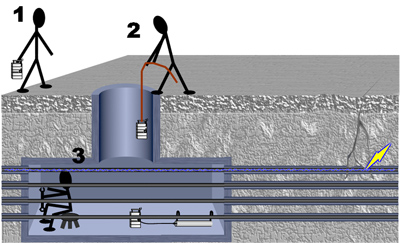
Figure 4: MARS Application Concept
Once the frequencies present within the manhole are sampled, the analysis program runs through a series of “recognition algorithms” and if the right combination of cable arcing signatures is detected, the unit sounds an alarm and initiates a flashing light that alerts workers to the possibility of an arcing concern. After determining that the manhole is safe to enter, workers keep the sensor with them as a warning indicator in case a nearby arcing event begins while they are inside the manhole. (Figure 4)
The major advantage of the MARS technology over other techniques that look for arc signatures is the non-contact sensor pod. Most existing arc sensing technologies require the user to clamp a sensor around the cables to be measured, which is not feasible if the objective is to scan the structure prior to entry. The only non-contact device suitable would be an AM radio receiver, but such a receiver is not capable of distinguishing between real arcing and the many other spectrum emissions that might cause false alarms. The MARS prototype is the first device to accurately accomplish arc detection and alarm objectives with the operator safely outside the underground structure.
The ability to recognize specific electromagnetic signatures that appear during arcing events is central to the detector’s function. Two decades of EPRI research has led to important developments in arc fault recognition and detection within power systems, and the industry now has a better understanding of the nature of the arc itself.
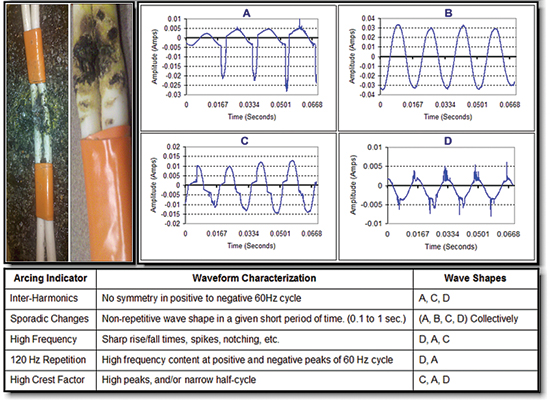
Figure 5: Examples of MARS signal processing techniques
Knowing what to look for – as well as what not to look for – is integral to developing a cost effective, widely deployable technology. For example, a cable arcing event is always going to have a sporadic and random amount of current flow associated with it because the arc path tends to change in moisture content relatively quickly as the arcing occurs. Knowing that the real arcing event will have a random and sporadic peak amplitude or crest factor is just one of eight unique electrical fingerprints that can be used to discern between real cable arcing and other false positives.
Furthermore, our knowledge of the U.S. electrical power systems operation at a 60 Hertz power frequency means that real cable arcing will always have 60Hz and its multiples (120 Hz, 180Hz and so on) embedded within the radio frequency arcing signatures. The broad spectrum of electrical emissions during cable arcing has allowed a number of key signatures to be tested and evaluated, and through digital signal processing, an arc may now be detected in its early stages with a high level of confidence. Overall, the concept is to look for all of the spectral fingerprints simultaneously and quickly discern whether or not real arcing is present before a worker enters a manhole. (Figure 5)
Future Work
Many years of research results have gone into the development of the arc detection algorithms used in the MARS device and the key element that has finally enabled successful field application is today’s microprocessing and computing capabilities – where the signals of interest can be acquired, analyzed and acted upon all in a matter of a few seconds rather than in hours or days.
What this means from a practical application standpoint is that the system and the algorithms have the potential to be integrated with power system protective devices, power quality monitors and even mounted on utility vehicles to perform mobile scanning during regular maintenance trips.
In fact, Con Edison is presently evaluating ways that algorithms similar to those used for the MARS system can be incorporated within a network of sensors that they have deployed across portions of the Manhattan underground system. It is believed that down the road, the MARS technology may become a part of the electric utility of the future’s Smart Grid where we find these advanced diagnostics and recognition systems used with existing monitoring and communications systems and new advanced robotics and sensor applications.
About the Authors

Neil Weisenfeld is Department Manager of Distribution Cable Systems at Con Edison with responsibility for the engineering, specification and evaluation of the company’s distribution cable assets. In his 27 years in the utility industry, Neil has worked in power generation operations, substation and distribution engineering and energy services. He holds a Bachelor’s Degree in Electrical Engineering and is a licensed professional engineer in New York State. He is a senior member of the Institute of Electrical and Electronic Engineers (IEEE) and a past Chair of the IEEE Power & Energy Society’s New York Chapter.

Doug Dorr is a Senior Project Manager at the Electric Power Research Institute and leads the team that developed the prototype MARS technology. He has been involved with Smart Grid technology research for over ten years and currently leads the EPRI advanced Electromagnetic Compatibility (EMC) field measurement team as well as the efforts to develop hardware useful for advanced power systems measurements, analysis and diagnostics. Dorr is a senior member of the IEEE and is a co-author of two IEEE text books on power quality and transformer design. He also serves as a chairman for committees and working groups associated with lightning protection, power quality, facility/equipment grounding and harmonics. He holds a Bachelor of Science degree in Engineering from Indiana Institute of Technology in Ft. Wayne, Indiana.













